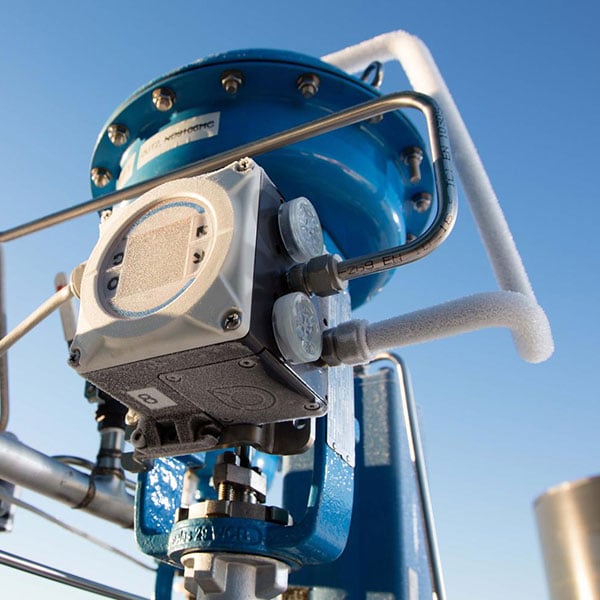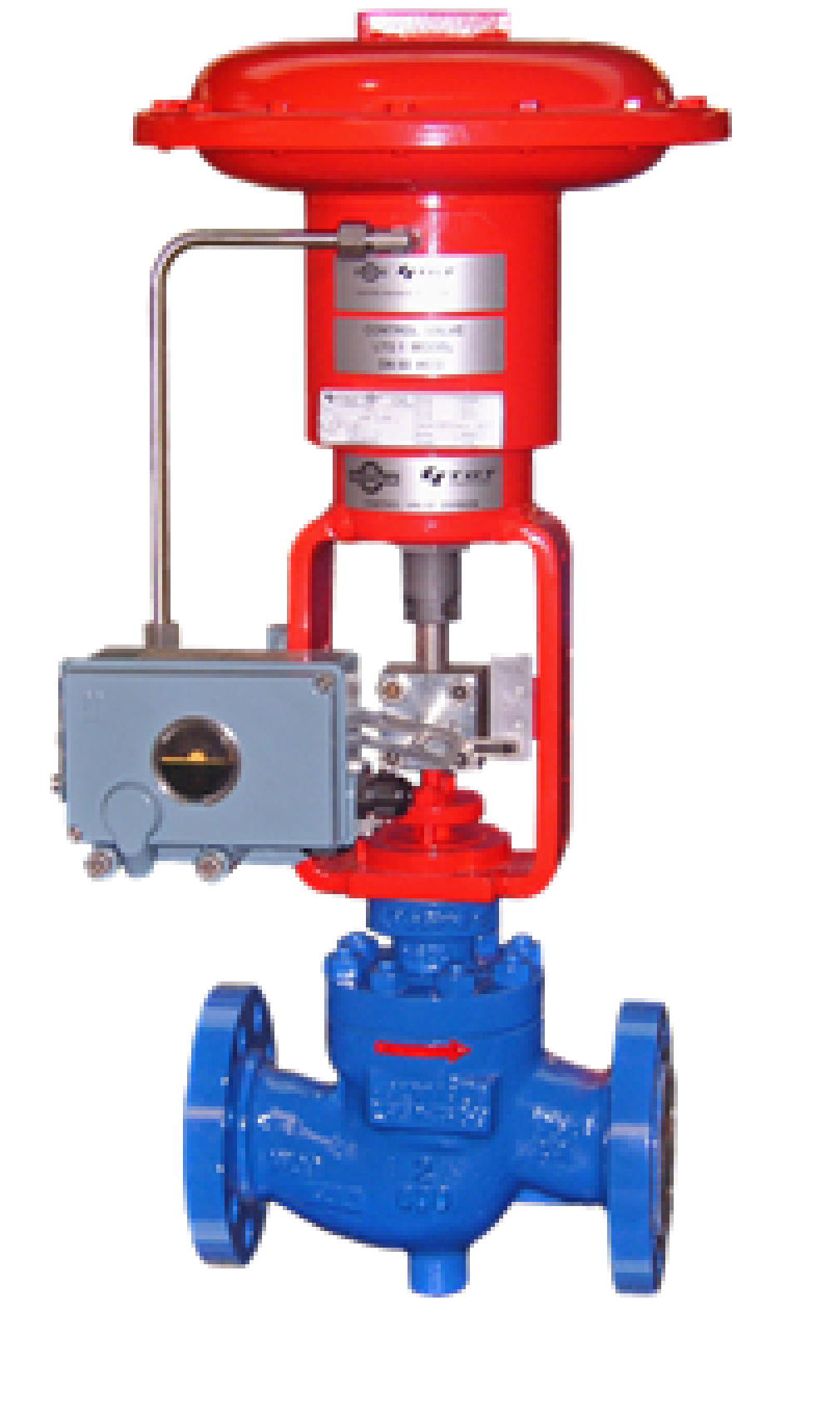
Maximize Energy Cost Savings and Comfort With Advanced Structure Automation Controls
In the realm of contemporary design and center management, the assimilation of sophisticated building automation manages stands as an essential development. The merging of innovation and sustainability has birthed a brand-new era where energy efficiency, convenience optimization, and functional streamlining are no more remote goals but obtainable realities. By taking advantage of the power of automation, buildings can adjust, respond, and evolve in manner ins which were once unimaginable. The potential for substantial energy savings and improved comfort is not simply a pledge but an opportunity waiting to be met. This standard change in building management holds the vital to opening a world where environmental conscientiousness and occupant well-being sympathetically coexist within the wall surfaces of our frameworks.
Energy Effectiveness Conveniences
Energy efficiency advantages can significantly decrease energy consumption and operational prices in structures. Energy-efficient systems, such as advanced structure automation controls, can optimize the use of resources like illumination, air conditioning, and home heating, leading to reduced energy costs over time.
In addition, boosted energy effectiveness can extend the lifespan of building devices and systems. By running a lot more effectively, HVAC systems, lighting fixture, and various other structure components experience much less wear and tear, leading to decreased upkeep and substitute prices. Additionally, energy-efficient structures usually regulate higher property worths and rental prices, offering long-lasting financial benefits to owners.
Additionally, energy efficiency can enhance owner comfort and performance. Effectively controlled interior settings with optimum lights and thermal problems develop a more enjoyable and favorable workspace, bring about boosted employee fulfillment and performance. Generally, the energy effectiveness advantages connected with innovative building automation controls are multifaceted, including price financial savings, ecological stewardship, and passenger well-being.
Enhanced Convenience Control
Enhancing convenience control in structure atmospheres requires an innovative integration of innovative automation systems for optimal passenger wellness. By utilizing sophisticated building automation controls, facilities can tailor the interior setting to fulfill the certain demands and preferences of owners. These systems allow exact law of ventilation, temperature level, and illumination, creating a productive and comfy environment. Resident satisfaction and efficiency are very closely connected to thermal comfort, making it necessary to have systems in position that can adapt to altering conditions in real-time.
Enhanced convenience control surpasses basic temperature level changes. It consists of features such as tailored setups, tenancy sensors, and all-natural light usage to create a dynamic and responsive environment. By incorporating these sophisticated controls, buildings can not only improve convenience yet additionally improve power efficiency by maximizing system operations based upon actual occupancy and use patterns. Inevitably, focusing on occupant convenience with sophisticated automation systems results in a more pleasurable and much healthier indoor atmosphere.
Functional Efficiency Improvements

Furthermore, the execution of real-time tracking and analytics devices makes it possible for building operators to recognize power ineffectiveness and operational anomalies immediately. By continually keeping an eye on power usage patterns and system performance metrics, modifications can be made in real-time to maximize energy usage and ensure peak functional effectiveness. control valves. Additionally, integrating demand feedback methods into structure automation controls can additionally boost operational effectiveness by dynamically changing energy usage based upon grid conditions and prices signals
Indoor Climate Optimization
Effective interior climate optimization is a fundamental element check my reference of building automation controls, guaranteeing owners' comfort and wellness while maximizing power savings. By utilizing sophisticated sensors and controls, building automation systems can continuously adjust and keep an eye on temperature, humidity levels, air top quality, and air flow to produce an optimum interior atmosphere. Keeping consistent and comfortable conditions not only enhances owner complete satisfaction however Your Domain Name additionally increases efficiency and general wellness.
Indoor environment optimization likewise plays a vital function in energy effectiveness. By fine-tuning heating, cooling, and ventilation systems based upon real-time data and tenancy patterns, constructing automation controls can substantially lower power intake - control valves. For example, executing techniques such as demand-controlled air flow and thermal zoning can assist decrease power waste while guaranteeing that each location of the structure receives the necessary conditioning.

Sustainable Environment Creation
Structure automation manages not only enhance indoor environment conditions for great post to read power performance and passenger comfort yet additionally lay the structure for developing a sustainable setting through critical administration of systems and resources. By integrating innovative structure automation technologies, such as sensors, actuators, and smart software program, facilities can change and keep track of energy use in real-time to minimize waste and reduce their carbon impact. These systems enable predictive maintenance, determining possible concerns before they rise and enhancing equipment efficiency to improve durability and performance.
Furthermore, lasting atmosphere development expands beyond power management to incorporate water preservation, waste reduction, and interior air quality improvement. Structure automation controls can control water usage, spot leaks, and make certain proper garbage disposal methods, adding to general sustainability initiatives. In addition, by managing and keeping an eye on air flow and filtration systems, these innovations boost resident health and efficiency while decreasing energy intake connected with heating and cooling operations.
Final Thought
Finally, advanced building automation regulates offer significant benefits in terms of energy financial savings, comfort control, operational efficiency, indoor environment optimization, and creating a sustainable environment. By applying these controls, structures can attain optimum performance while reducing power intake and improving owner comfort. It is apparent that the usage of advanced automation innovation is essential in boosting building efficiency and creating a more sustainable future.
Power effectiveness advantages can substantially decrease power intake and operational expenses in buildings. On the whole, the energy effectiveness advantages connected with advanced building automation controls are complex, including expense savings, environmental stewardship, and occupant wellness.
Additionally, including demand feedback techniques right into structure automation controls can even more enhance operational efficiency by dynamically changing power use based on grid conditions and pricing signals.
Structure automation regulates not only maximize indoor climate problems for power performance and occupant convenience yet additionally lay the foundation for creating a lasting atmosphere with strategic monitoring of systems and sources.In final thought, progressed building automation regulates offer considerable advantages in terms of energy financial savings, convenience control, functional efficiency, indoor environment optimization, and producing a lasting setting.